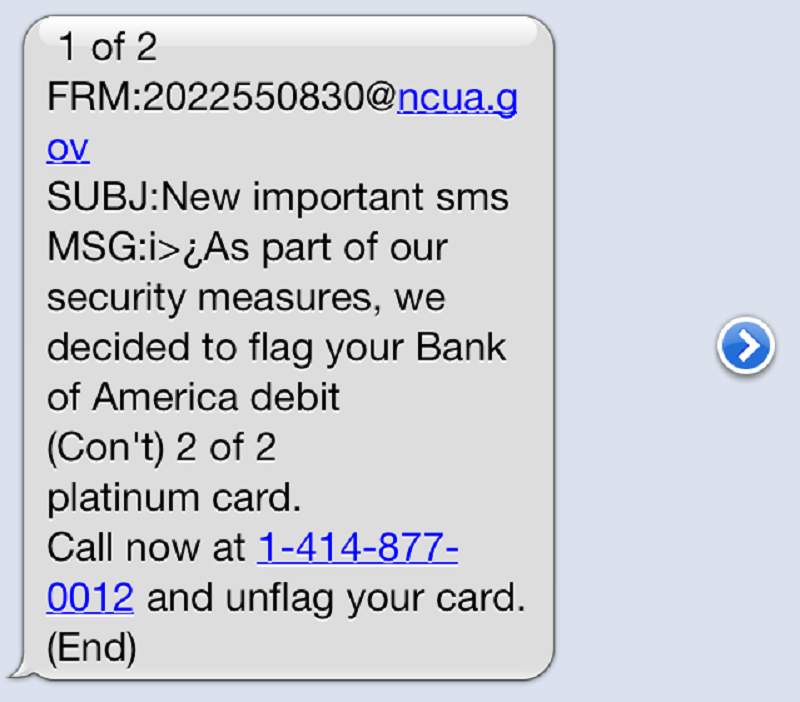
Food delivery scams are on the rise as more people are using the services of food delivery companies than ever before. Recent reports show that consumers spent $26 billion in 2020 on food delivery and that number is sure to have risen in the intervening years. Unfortunately, this has emboldened thieves to think of creative ways to scam food delivery companies and the customers that use their services. Here are three types of food delivery scams you should be aware of.
Phishing Scams
These types of scams are some of the most common scams in the online world today and are now starting to be directed at food delivery customers. With these types of food delivery scams, the bad actor sends an email or SMS message asking the victim to click a link to update their information. The victim believes that the message is coming from a legitimate company and enters sensitive personal or financial information into the site that the link takes them to. This nearly always results in the bad actor using or selling the information for personal gain and can also result in malware being installed on the victim’s device.
The easiest way to avoid these types of scams is to not click on any suspicious links or messages asking you for sensitive information. Instead, open the app on your device or navigate directly to the company’s official website to check if any notifications have been issued to your account. If the company needs more information from you, their official site or app will be where they will ask you for it.
Account Takeover Scams
Account takeover scams are just what they sound like. A scammer gets your log-in and payment information by hacking your computer or buying your information from a nefarious third party and then uses this information to take over your account and use it for whatever they want. In some cases, the scammer orders food for themselves and charges it to your account. In others, they charge others a fee to use the account that has been compromised.
The first indication many consumers have of an account takeover is an email or notification that the password to the account has been changed. This can be avoided by enabling multi-factor authentication (MFA) on all payment accounts and by not saving your credit card information on these accounts. These two things can make your account information virtually useless to the scammer.
Card-not-present Scams
These types of food delivery scams happen after a scammer obtains your credit card number, typically from exposure during a data breach or from buying it from a hacker. The scammer then uses the card number to make transactions where the card doesn’t need to be present for the transaction to be approved, such as transactions through food delivery websites and apps.
If you notice any unusual or unauthorized activity on your credit card, contact the issuing bank immediately and lock the card number to prevent it from being used to cause further damage. You can then dispute the charges with your bank, which can usually tell if a credit card number is being used from a suspicious place or for suspicious purchases, and ask them to issue you a new card with a new number.
Conclusion
Scammers are always coming up with new ways to separate businesses and consumers from their money. While this list of types of food delivery scams does not cover every type of scam out there, these are the scams that most victims seem to encounter and that appear to have the highest rates of success for the scammers. The best way to avoid these scams is to remain vigilant and refrain from disclosing sensitive personal and financial information unless absolutely necessary.
Is Word Cash App Legit or a Scam?
Top 3 States With the Highest Scam Rate
4 Hilarious Scams That People Still Fall For

Toi Williams began her writing career in 2003 as a copywriter and editor and has authored hundreds of articles on numerous topics for a wide variety of companies. During her professional experience in the fields of Finance, Real Estate, and Law, she has obtained a broad understanding of these industries and brings this knowledge to her work as a writer.






